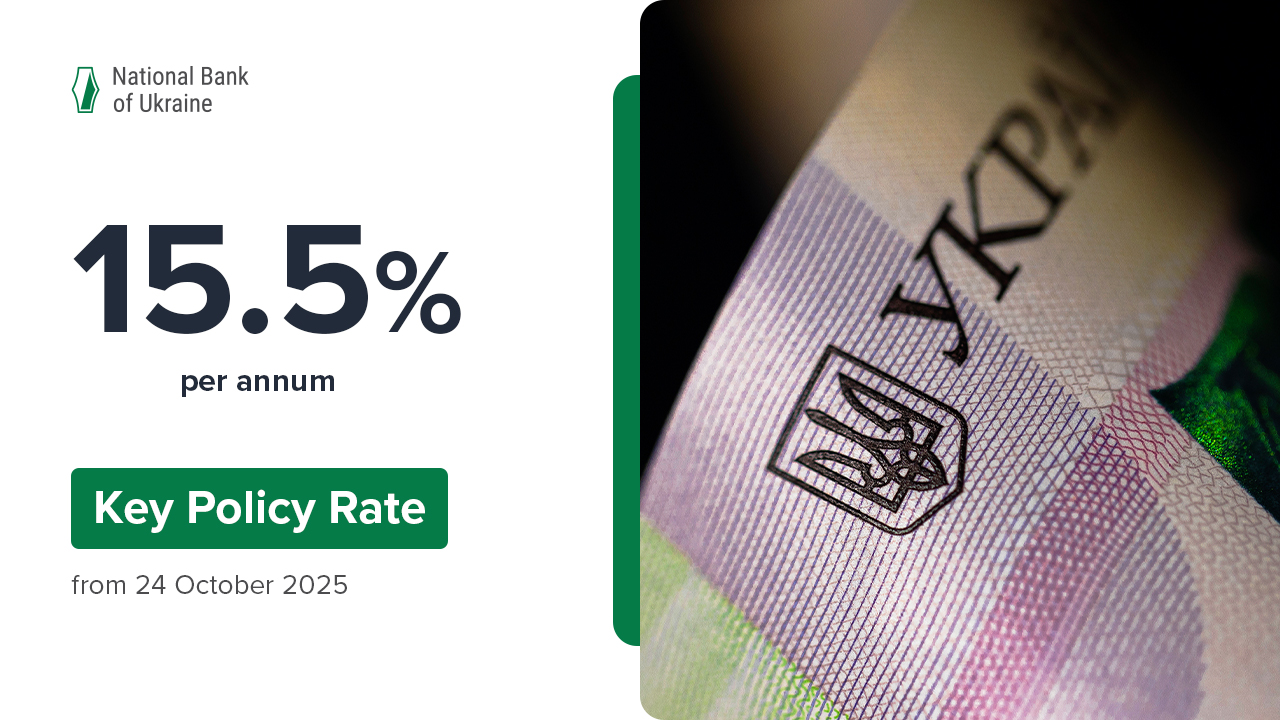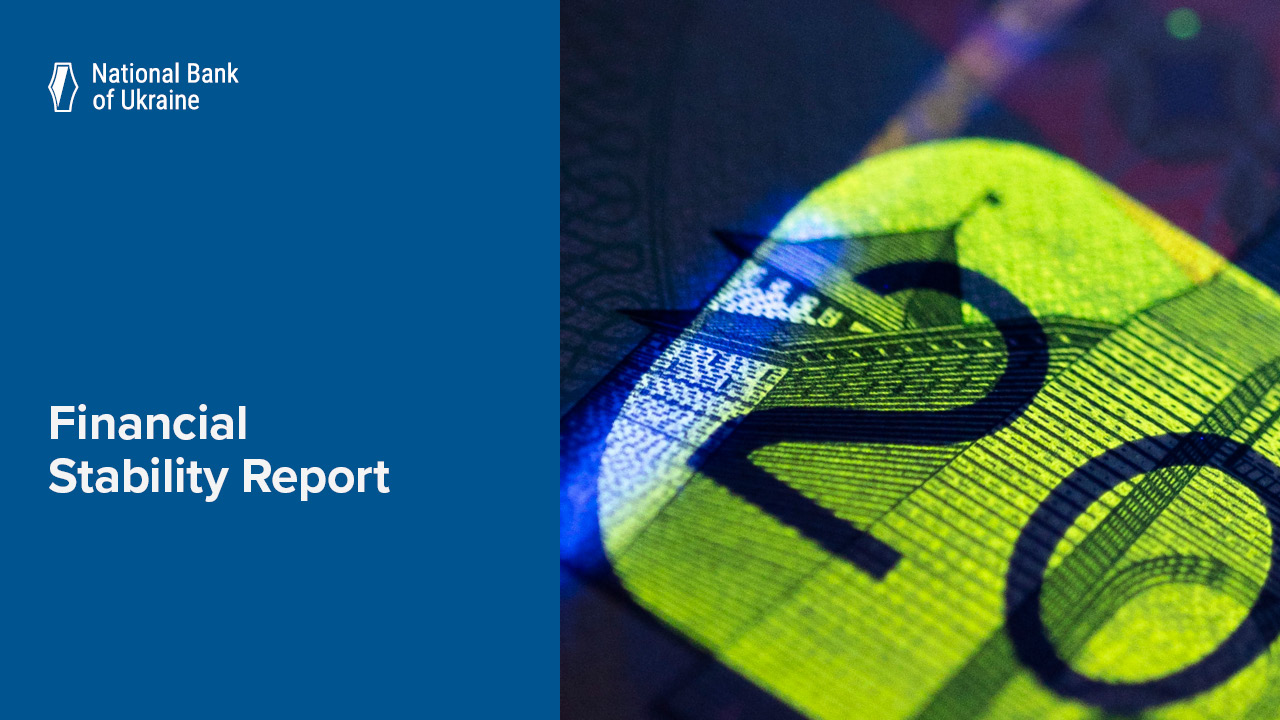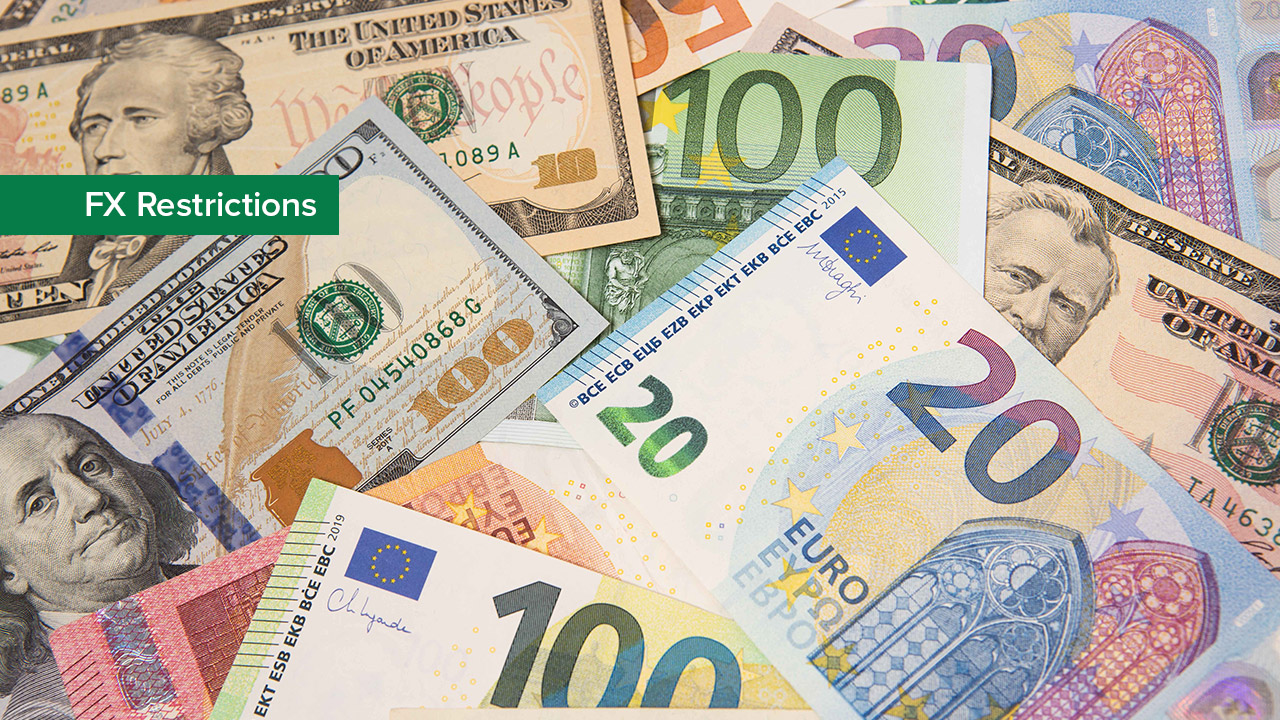In 2016, headline inflation dropped sharply to the target level announced by the National Bank of Ukraine. In December 2016, headline inflation stood at 12.4%, while in 2015 consumer prices rose by 43.3% y-o-y, according to data released by the State Statistics Service of Ukraine (SSU).
Actual year-end inflation came in close to the NBU’s forecast of 12% published in the Inflation Reports since mid-2015. Thus, the 2016 inflation target of 12% +/- 3 ppts set out in the Monetary Policy Guidelines for years 2016 – 2020 has been attained.
A sharp slowdown in inflation in 2016 was mainly driven by the fundamental factors. This was evidenced by a rapid slowdown in core inflation (to 5.8% y-o-y). A moderate growth of raw food prices also made a significant contribution to the slowdown in inflation. However, increases in utility tariffs and higher fuel prices were the major drivers of price growth.
• In 2016, core inflation moderated 5.8% (down from 34.7% in 2015 ) and was broadly in line with the NBU’s recent forecast (5.6% y-o-y). Prudent fiscal and monetary policy, the de-escalation of the military conflict in eastern Ukraine, second-round effects from food supply-side factors have contributed to the slowdown in core inflation.
Thus, the strengthening of the role of the key policy rate and a series of key policy rate cuts made during the year, the government's efforts to meet fiscal deficit targets have led to significant improvements in inflation and foreign exchange expectations and helped temper demand-side inflation pressures. The slowdown in inflation was underpinned by moderate exchange rate volatility observed during most part of the year thanks to a favorable external environment, inflows of FX proceeds from grain and sunflower oil exports amid a high harvest, as well as the NBU’s measures to smooth out excessive exchange rate volatility in the interbank FX market.
In 2016, prices for imported commodities, such as household appliances, clothes and shoes, increased not that significantly compared to previous year, particular goods even decreased in prices. For instance, prices for audio and video equipment, as well as information processing equipment decreased. There was a significant deceleration in the growth of prices for advanced goods that was due to the spill-over effects from the drop of inflation for unprocessed food.
After consequent inflation slowdown during major part of 2016, disinflationary trend slightly declined due to the following factors. Firstly, due to higher costs for certain raw materials, particularly, milk. Secondly, due to moderate decrease of inflation expectations due to increased political and depreciation pressure and government decision sharply raise early 2017 minimum wage.
• Growth of raw food price slowed to 1.2% y-o-y in 2016 (to 40.7% m-o-m in 2015). Apart from mentioned factors, it occurred due to a range of food supply factors where effect was more powerful and lengthier than expected. In particular, we refer to high grain harvest: in Ukraine - grain, vegetables and some fruit (apples, specifically) while in other countries we refer to citrus fruit. Particularly, prices for “borsch vegetables” decreased by 43.1% yoy.
In addition, trade policy of the Russian Federation towards Ukraine (embargo from the beginning of 2016), and other countries produced a high supply of food products in the Ukrainian market. For instance, trade sanctions of the Russian Federation on supply of certain types of agriculture products of Turkish origin resulted in increase of supply of vegetables and fruit in the Ukrainian market and, respectively, decline in prices, on, specifically, oranges and mandarins and cucumbers, tomatoes.
The prices for meat grew moderately due to export restrictions for pork and chicken in the wake of unfavorable epizootic situation. Meanwhile, in 2016 prices for milk and dairy products rose sharply against the higher demand from processors due to high exports of dairy products.
• Administered prices and tariffs increased by 34.6% y-o-y in 2016. Even though price and tariff rise was much lower than in 2015 (64.4%), this produced the highest effect on the growth of consumer prices in 2016. During last year a rise in tariffs on all types of utility services continued. Therefore, the prices for tobacco products and alcoholic beverages, including through higher excise taxes, minimum prices for alcoholic beverages and price policy of tobacco producers.
• Prices for fuel increased by 19.5% (12.3% in 2015). The acceleration of growth in prices reflected the rise in world oil prices and moderate hryvnya depreciation.
Currently, monetary policy of NBU is aimed at achieving a new objective: ensure inflation slowing to 8% +/- 2 pp by the end of 2017 and to 5% over the medium term.






